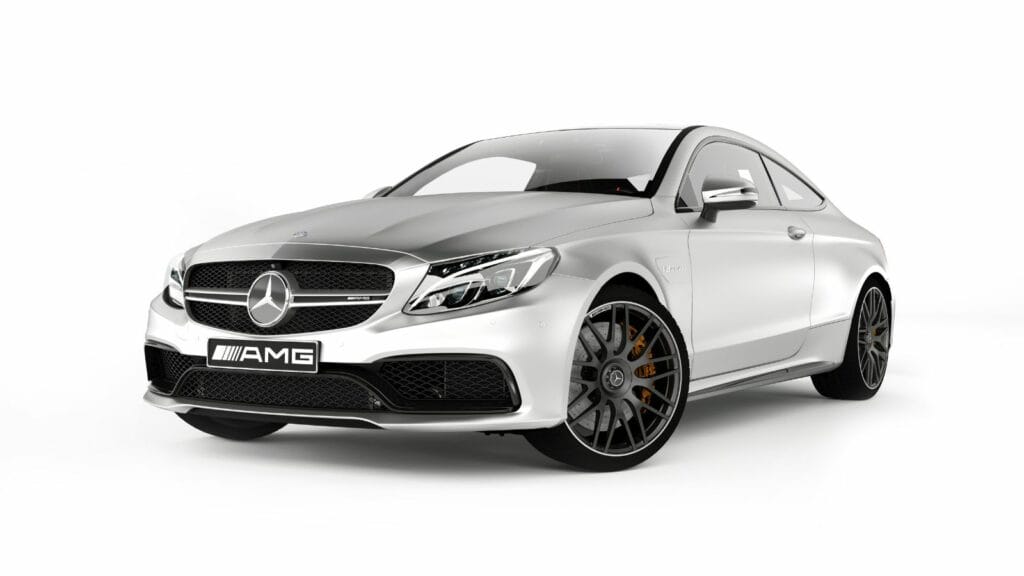Coupes, with their sleek two-door elegance, are the automotive equivalent of timeless wardrobe staples. Some coupes are on everyone’s favorite lists, whether you’re a die-hard petrolhead or appreciate good design. Here are 23 coupes that refuse to fade into the background.
Ford Mustang (1964½–Present)
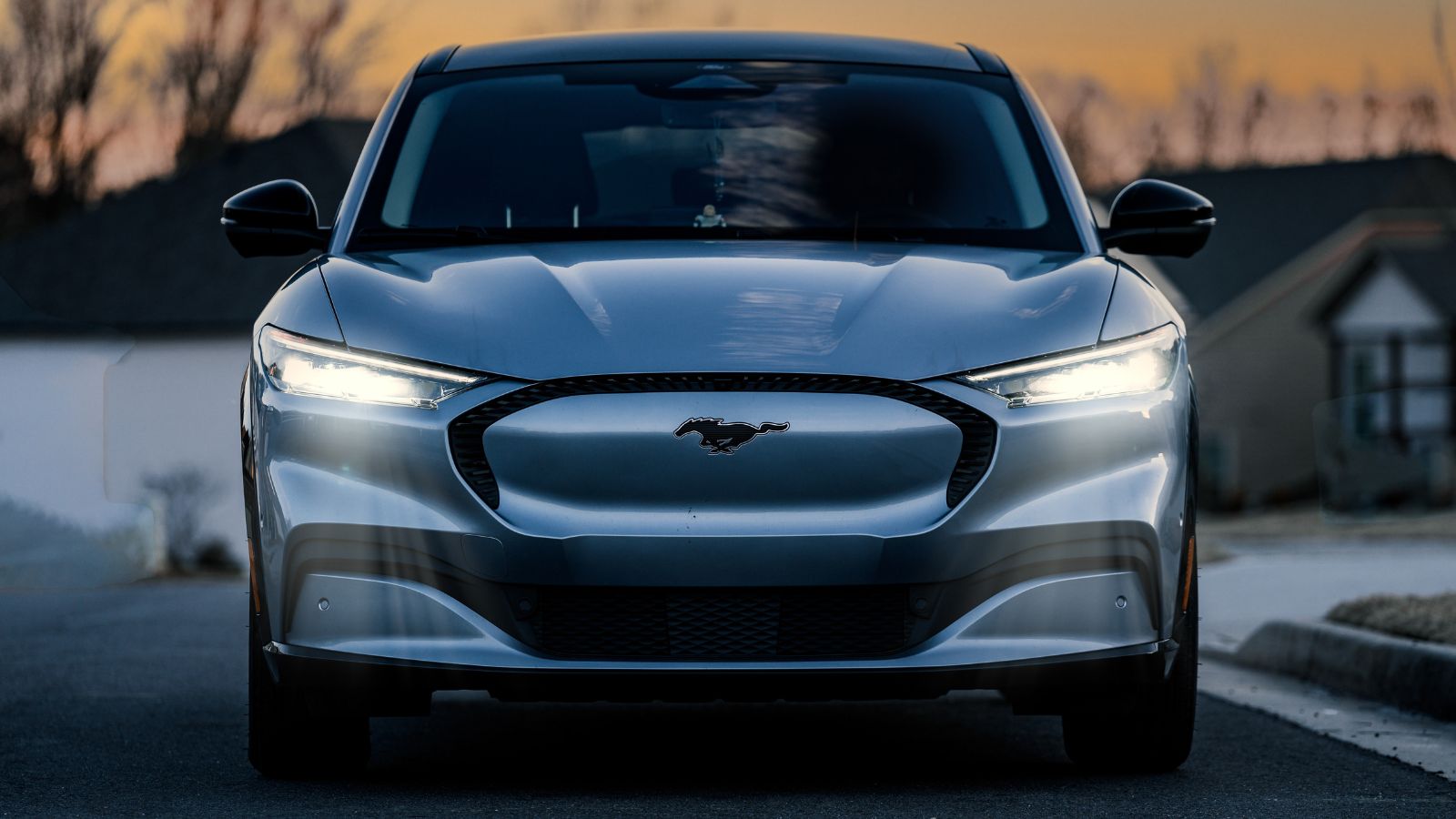
If any coupe deserves the title “legend,” it’s the Ford Mustang. Launched in 1964, it quickly became the poster child for the American muscle car. From the original ’64½ model (because it launched halfway through the year) to today’s high-tech monsters, the Mustang has always been about making a statement. With its long hood, short rear deck, and aggressive stance, this pony car turned heads in the ’60s and continues to do so today. Plus, do you even like cars if you don’t like the rumble of a V8?
Chevrolet Camaro (1966–Present)
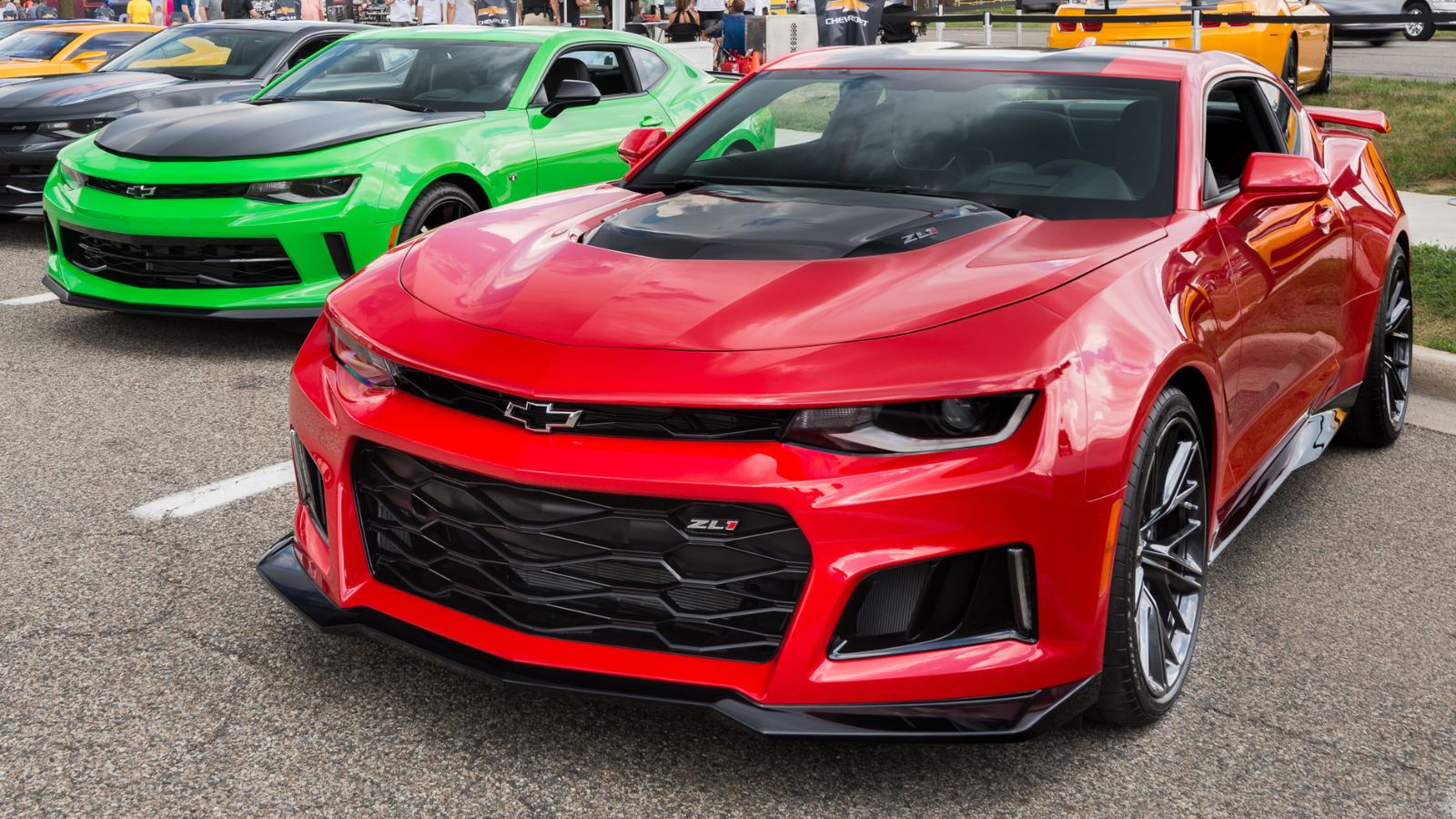
Right on the Mustang’s heels came the Chevrolet Camaro, a proper rival and sibling to the Corvette in Chevy’s stable. The Camaro was Chevy’s answer to the muscle car wars, and its muscular body and aggressive front end have made it a favorite for over five decades. Whether you prefer the classic SS, the Z/28, or today’s sleek ZL1 with supercar performance, the Camaro hasn’t just survived — it’s thrived.
Porsche 911 (1964–Present)
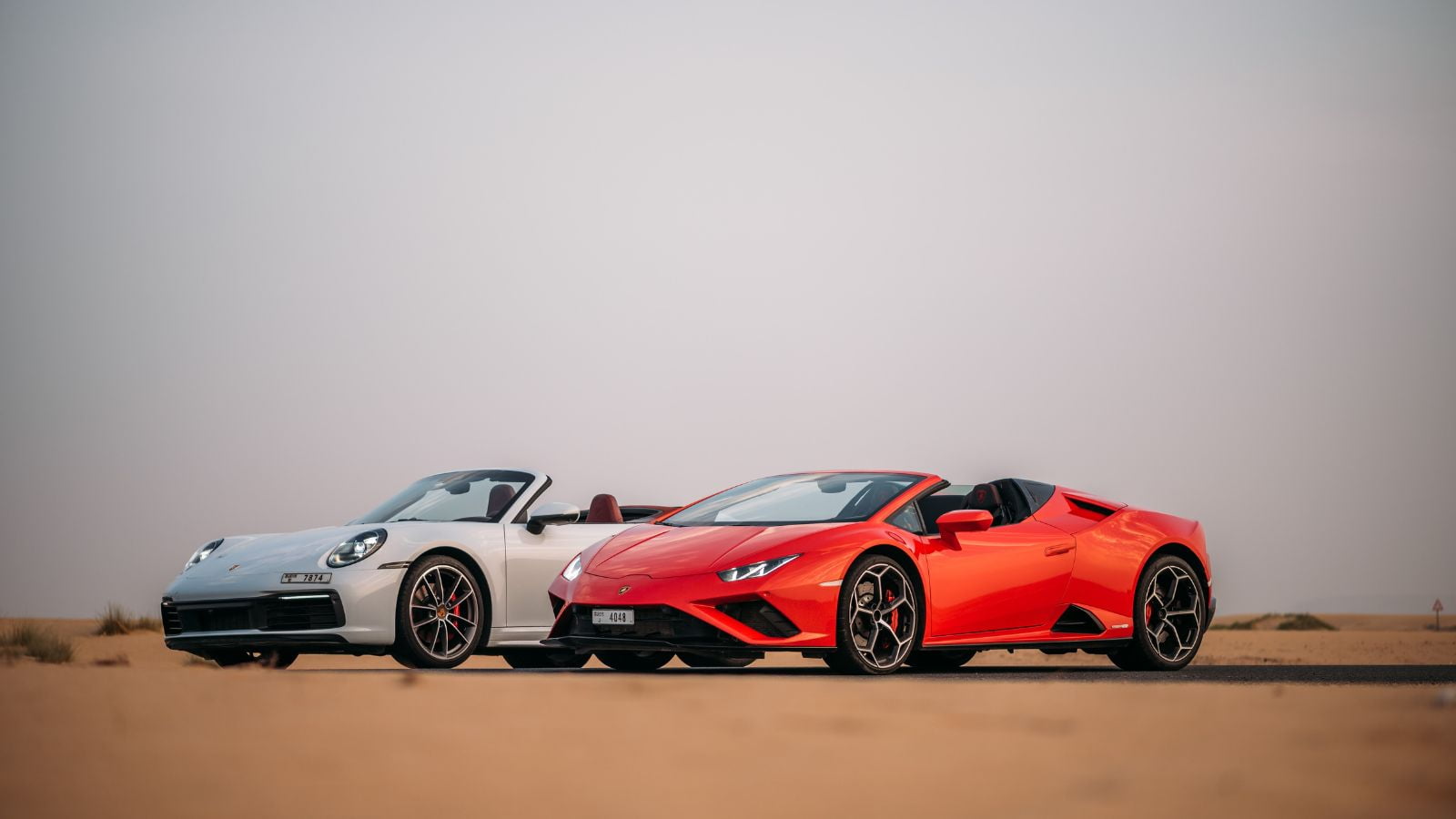
The Porsche 911 has been defying the laws of physics (rear-engine setup, anyone?) since 1964. The 911’s timeless design, featuring those unmistakable round headlights and a sloping rear, hasn’t changed much in 60 years. And why should it? When you’re this perfect, there’s no need for radical makeovers. It’s practically the coupe that’s always ready for a track day.
BMW 3 Series Coupe (E30) (1982–1994)

The BMW E30 was the poster child of the 1980s and still looks fresh today. This car defined the term “ultimate driving machine.” With its boxy but elegant design, near-perfect weight distribution, and enough power to thrill any driver, the E30 is the coupe that BMW fans still rave about.
Mercedes-Benz 300SL (1954–1963)
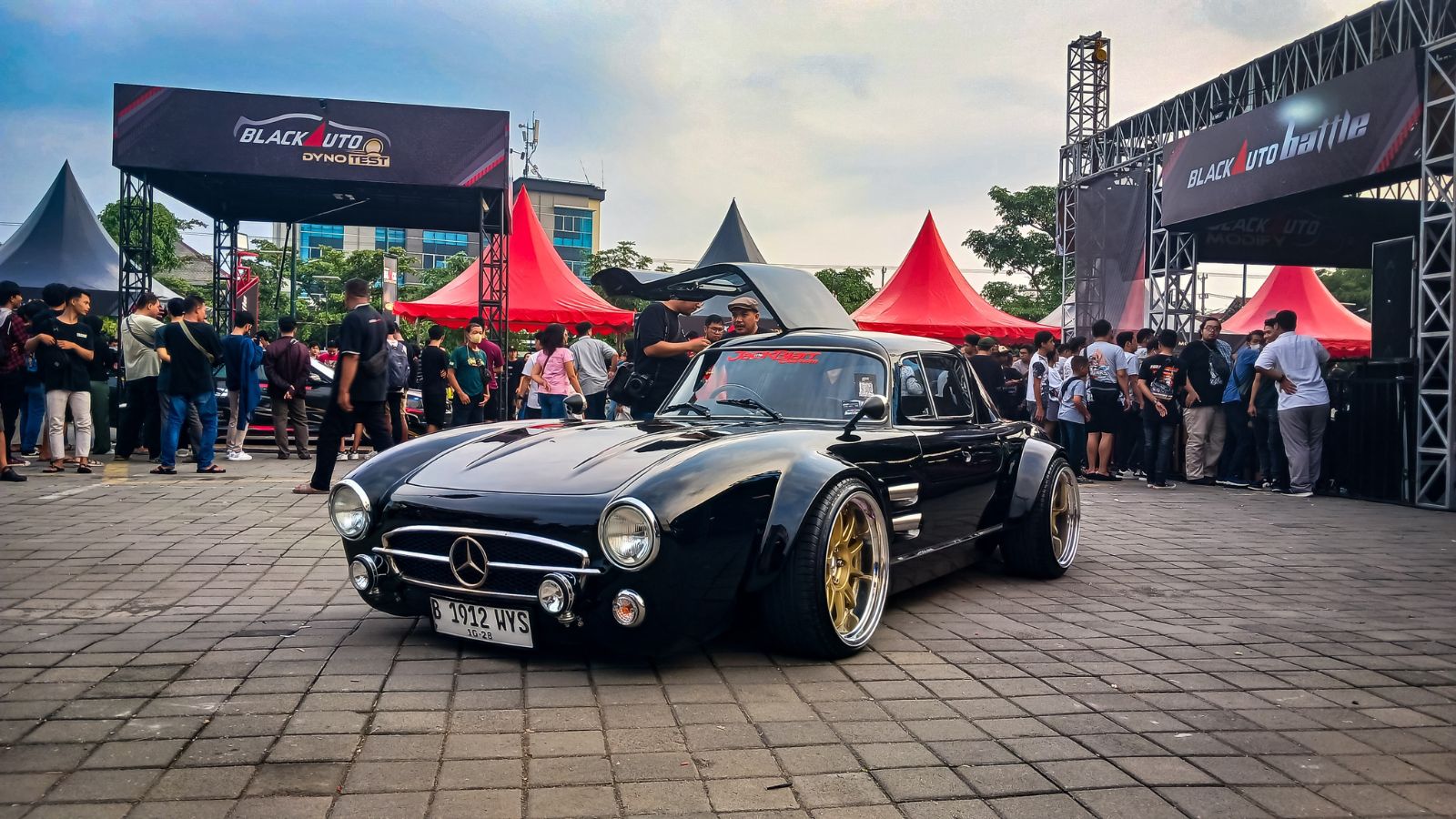
No list of stylish coupes would be complete without the Mercedes-Benz 300SL. The “Gullwing” doors alone are enough to make any car enthusiast weak in the knees. Launched in 1954, this car wasn’t just about looks — it was also the fastest production car of its time, thanks to direct fuel injection. But let’s be honest, even if it wasn’t quick, those gullwing doors would still have sealed its fate as a style icon.
Jaguar E-Type (1961–1975)
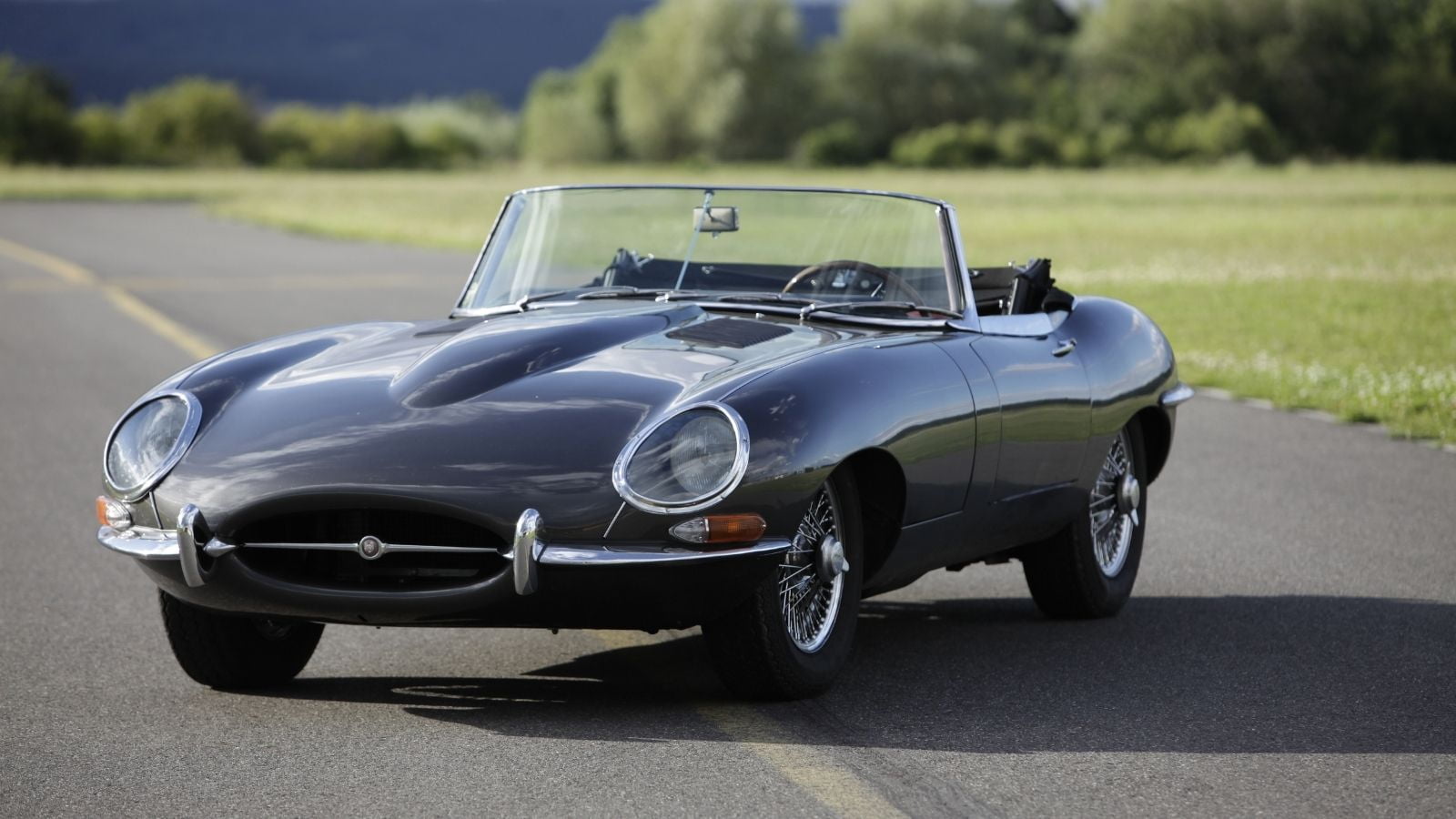
The Jaguar E-Type is a work of art on wheels. Designed by aerodynamics engineer Malcolm Sayer, it perfectly fused aircraft principles with road charisma. The E-Type’s long, swooping hood looks like it’s trying to hug the road while seducing everyone nearby, while its low, sleek body practically screams, “Race me,” even if you’re just going for a haircut. So now, when you spot a Series 1, 2, or 3 cruising down the road, you’ll understand why it’s the automotive equivalent of a supermodel.
Audi TT (1998–Present)
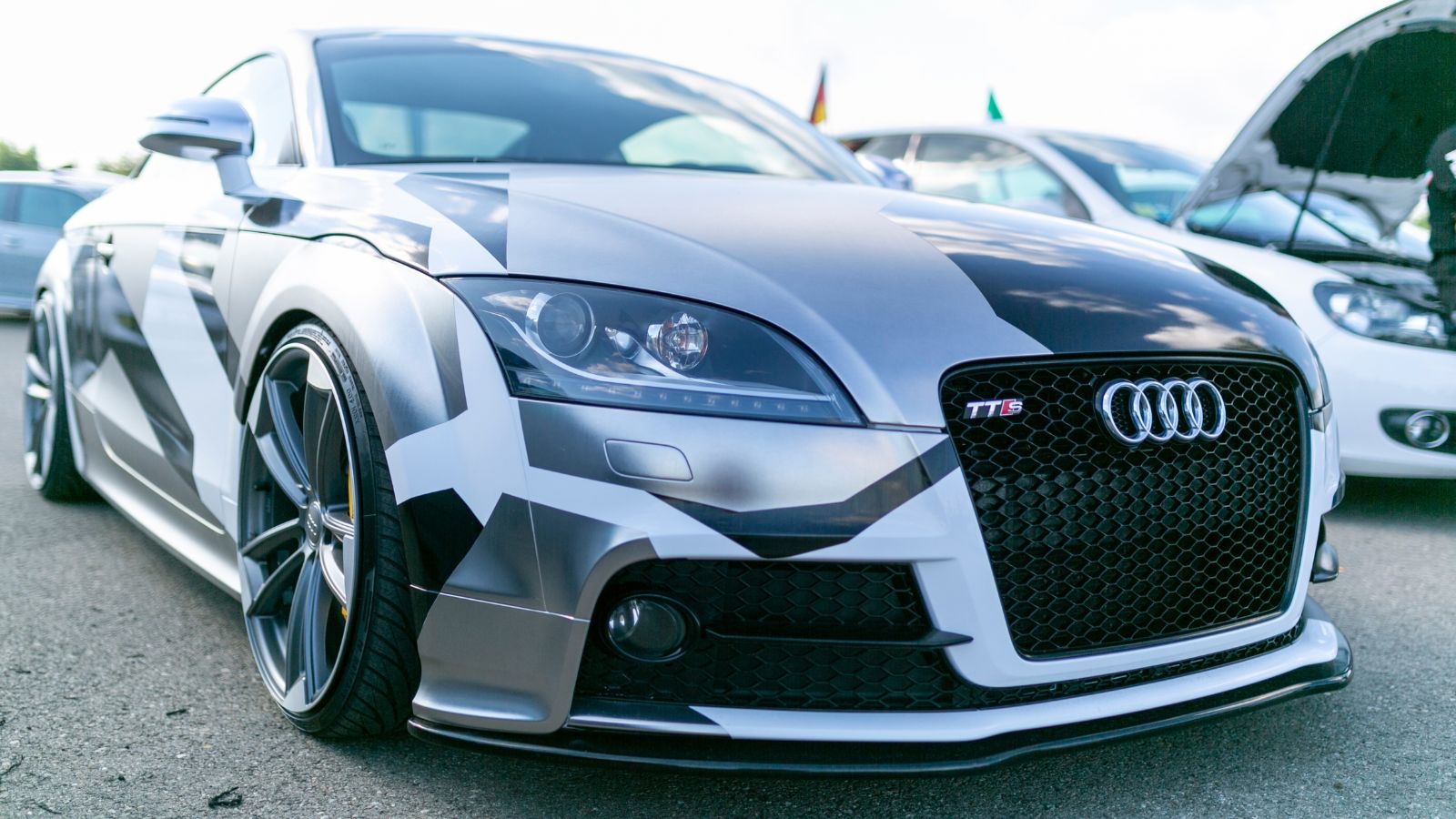
When the Audi TT launched in 1998, it was like nothing else on the road. Its rounded, almost toy-like design was refreshing from the aggressive, angular lines dominating the 90s. Over the years, the TT has evolved, growing sharper and aggressive while maintaining its unique identity. Plus, this coupe proves that you can be quirky and cool simultaneously.
Toyota 2000GT (1967–1970)
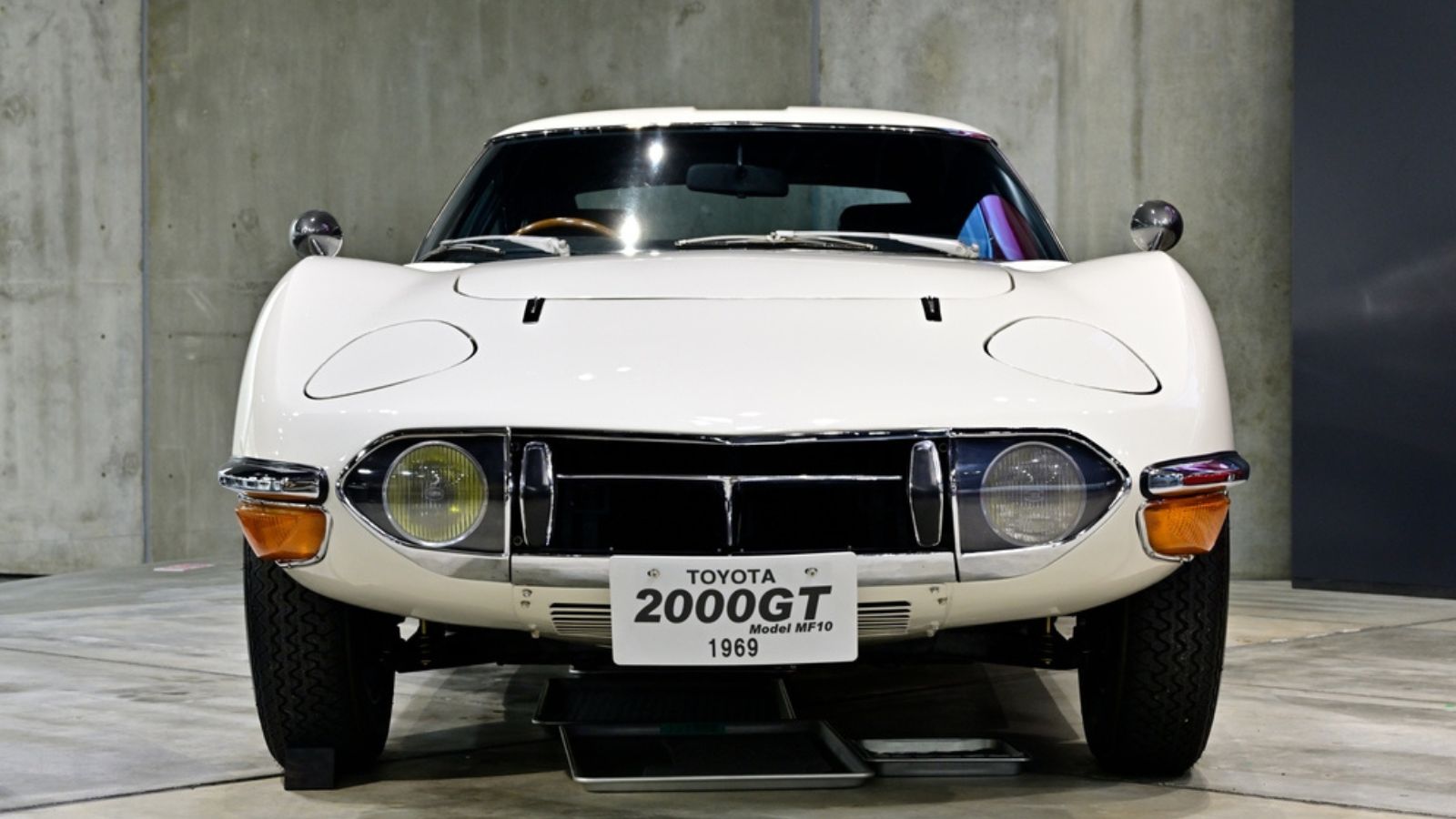
You know a car is special when James Bond drives it, especially with a long nose, short deck design, and curvaceous body from a partnership between Toyota and Yamaha. Some say European beauties like the Jaguar E-Type heavily inspired the car. Plus, its inline-6 engine packed 150 horsepower, like strapping a cheetah to a roller skate in the ’60s. And even though its sales didn’t match its ambition, the 2000GT is now a highly sought-after classic, as rare as a vintage kimono with flames on it.
Chevrolet Corvette (C2) (1963–1967)
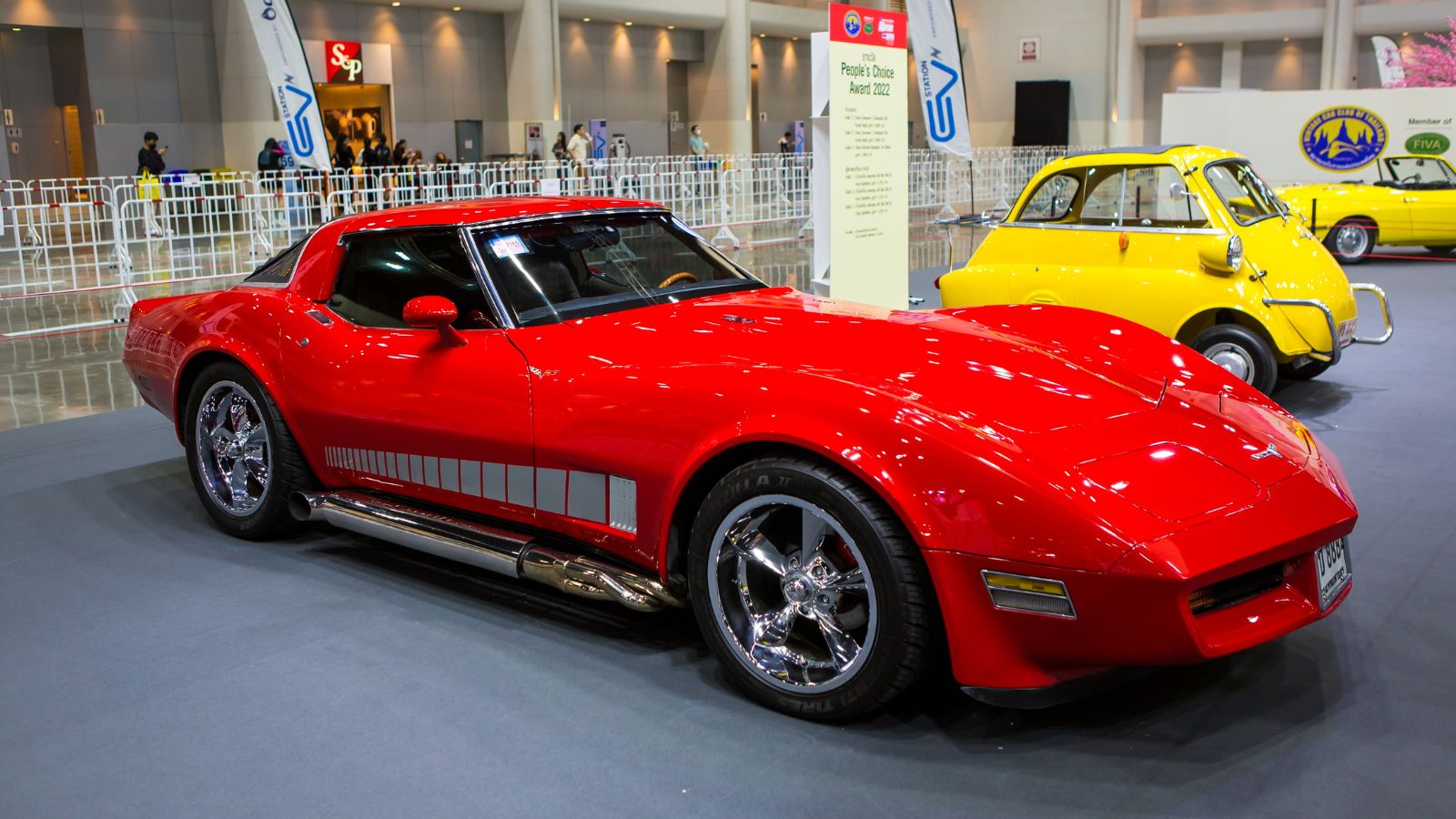
The second-generation Chevrolet Corvette is arguably the most beautiful Corvette ever made. Nicknamed the “Sting Ray,” this generation was the first to rock the split rear window on the ’63 model, which some people thought was stylish and others thought was confusing (well, you can’t impress everyone). The C2 also introduced hidden pop-up headlights—because why not make your car look like it’s winking at you? And with sharper lines and a lower, meaner stance, it was clear the C2 came to be the life of the party.
Aston Martin DB5 (1963–1965)
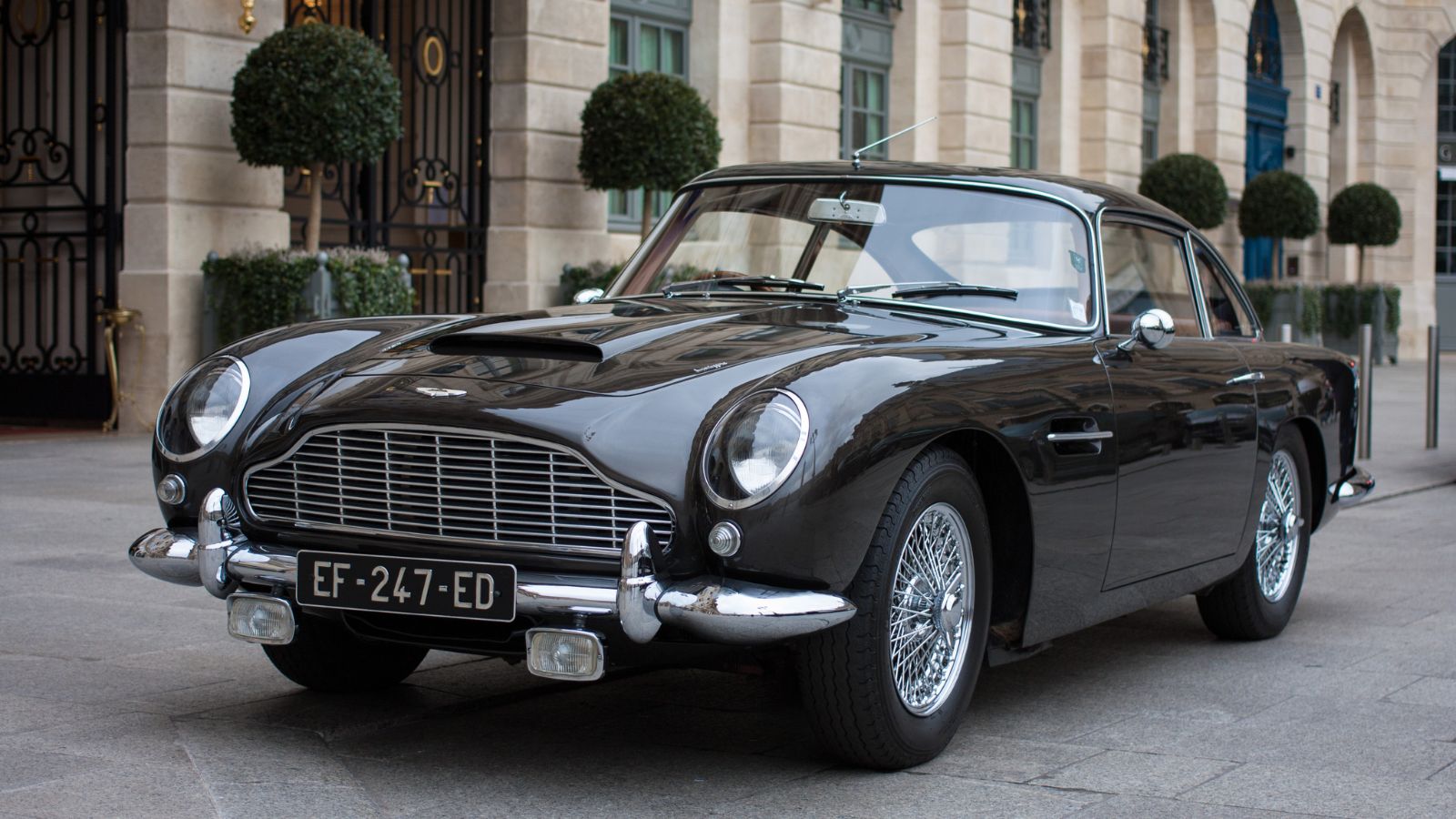
Designed by Carrozzeria Touring of Milan, the Aston Martin DB5 featured a sleek, all-aluminum body constructed using their patented Superleggera technique, making it as light on its feet as a ballerina. The car also featured a 4.0-liter straight-six engine that produced 282 horsepower. With a top speed of 145 mph and a 0–60 mph time of just over 7 seconds, it was considered blisteringly fast for its time.
Honda Integra Type R (DC2) (1995–2001)
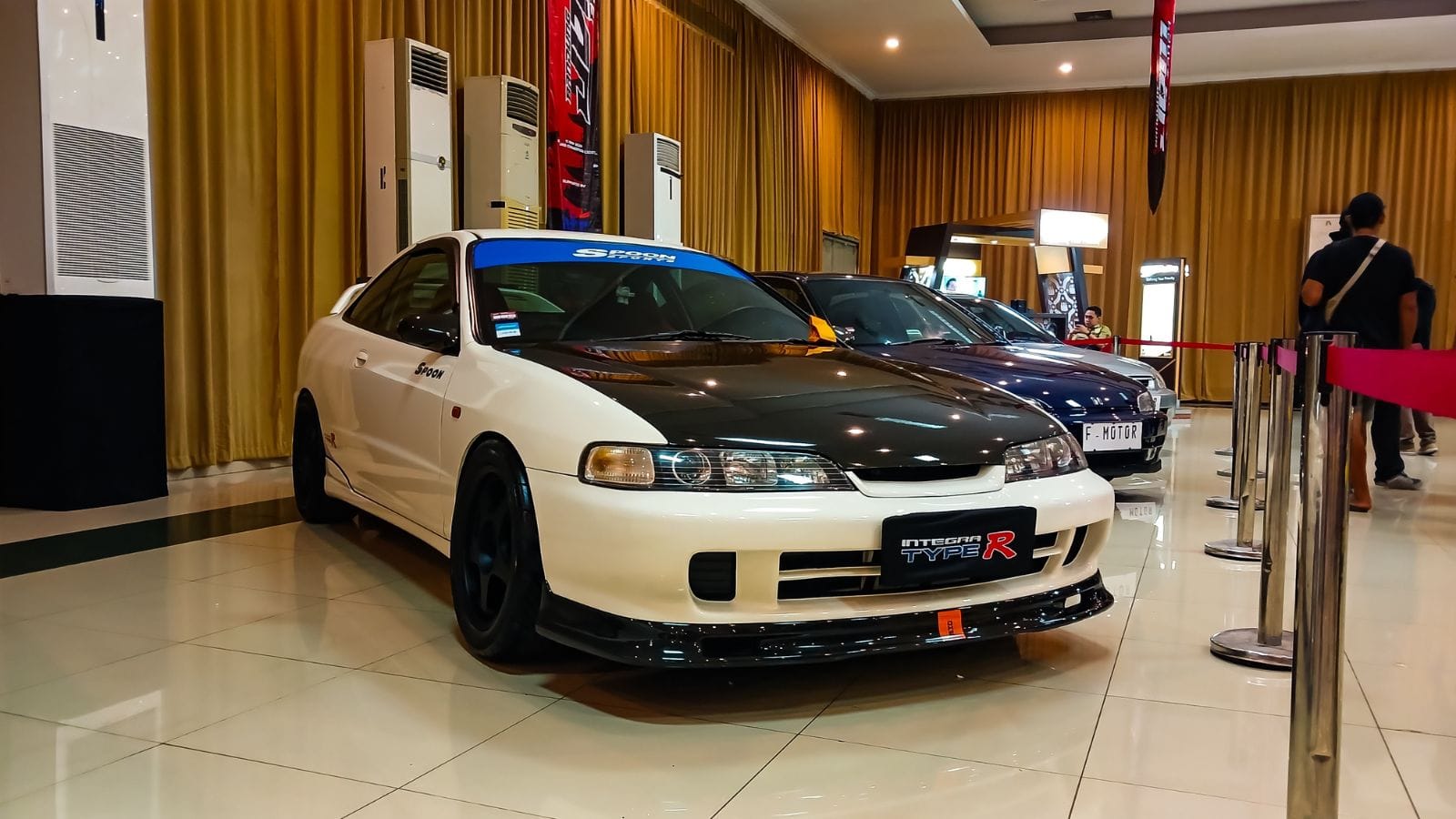
The Honda Integra Type R is the car that proved front-wheel-drive cars could be serious performers. Released between 1995 and 2001, this car was all about precision and performance. Under the hood, it had a 1.8-liter B18C engine that packed 197 horsepower, revving up to an ear-pleasing 8,400 RPM. And get this: it wasn’t just fast; it was nimble. Honda shaved off unnecessary weight—thinner glass, no soundproofing, and fewer creature comforts—all in the name of agility!
Alfa Romeo GTV (1995–2005)

Alfa Romeo has always been known for making cars that ooze Italian charm, and the GTV is no exception. Penned by Enrico Fumia at Pininfarina (those wizards of design), the car flaunted a low nose, quad headlights, and a grille that looked like a smirk—perfect for devouring mountain roads. Inside, the driver-focused dashboard was a love letter to minimalism. And though it could be temperamental, like any authentic Italian, the GTV was beautiful, quirky, and unapologetically Alfa.
Mazda RX-7 (FD) (1992–2002)
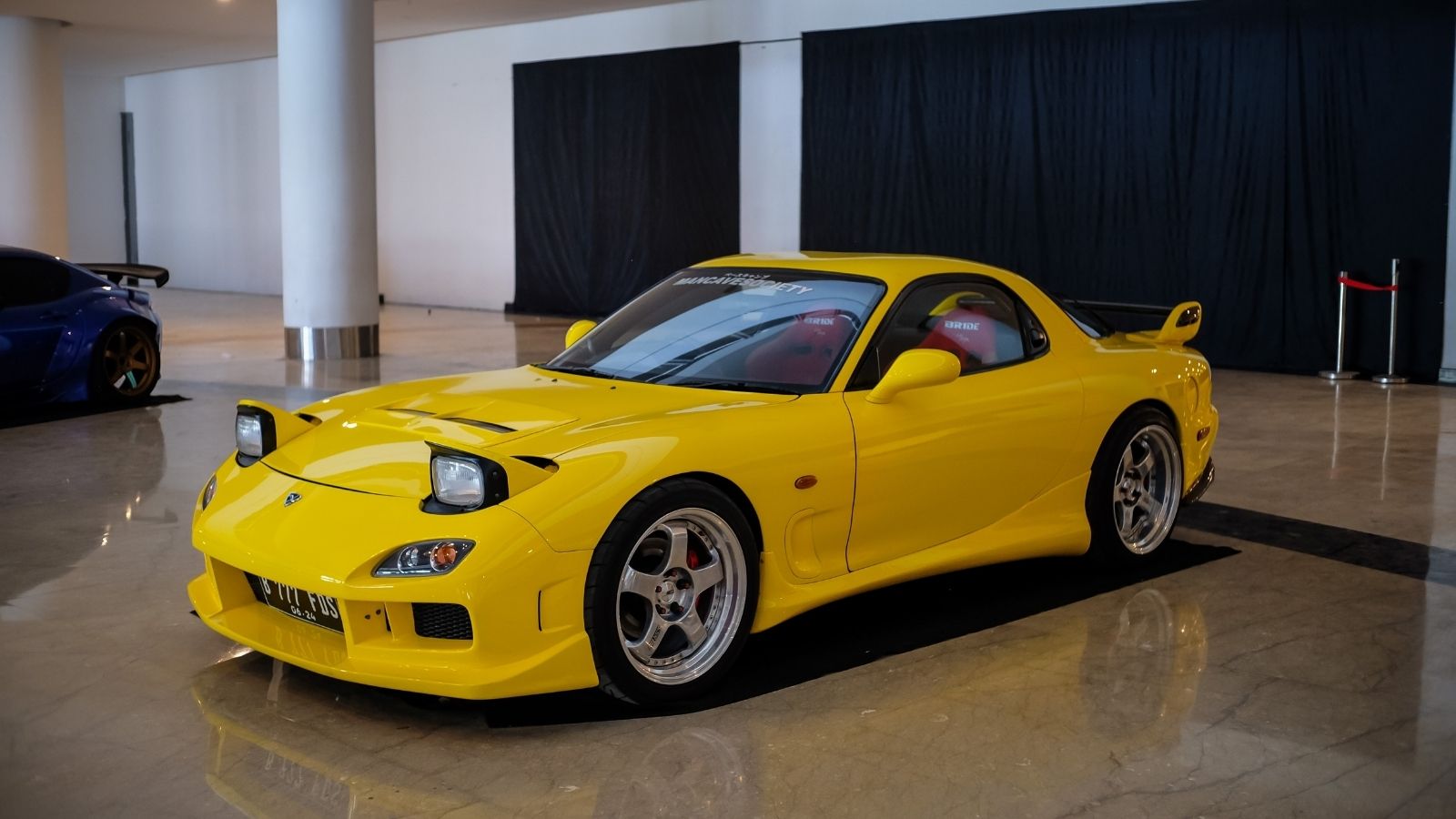
The Mazda RX-7 is an anomaly in the automotive world, thanks to its rotary engine, which is as quirky as it is high-revving. Designed with flowing curves and a teardrop-shaped body, this third-gen RX-7 was Mazda’s way of saying, “We can do beauty and brutality in one package.” Plus, the car’s low-slung profile screamed speed and its pop-up headlights? It had a bit of retro charm that made it look like it was winking at Ferraris on the road. Also, the RX-7’s 50/50 weight distribution made it a dream to handle.
Dodge Challenger (1970–1974, 2008–Present)
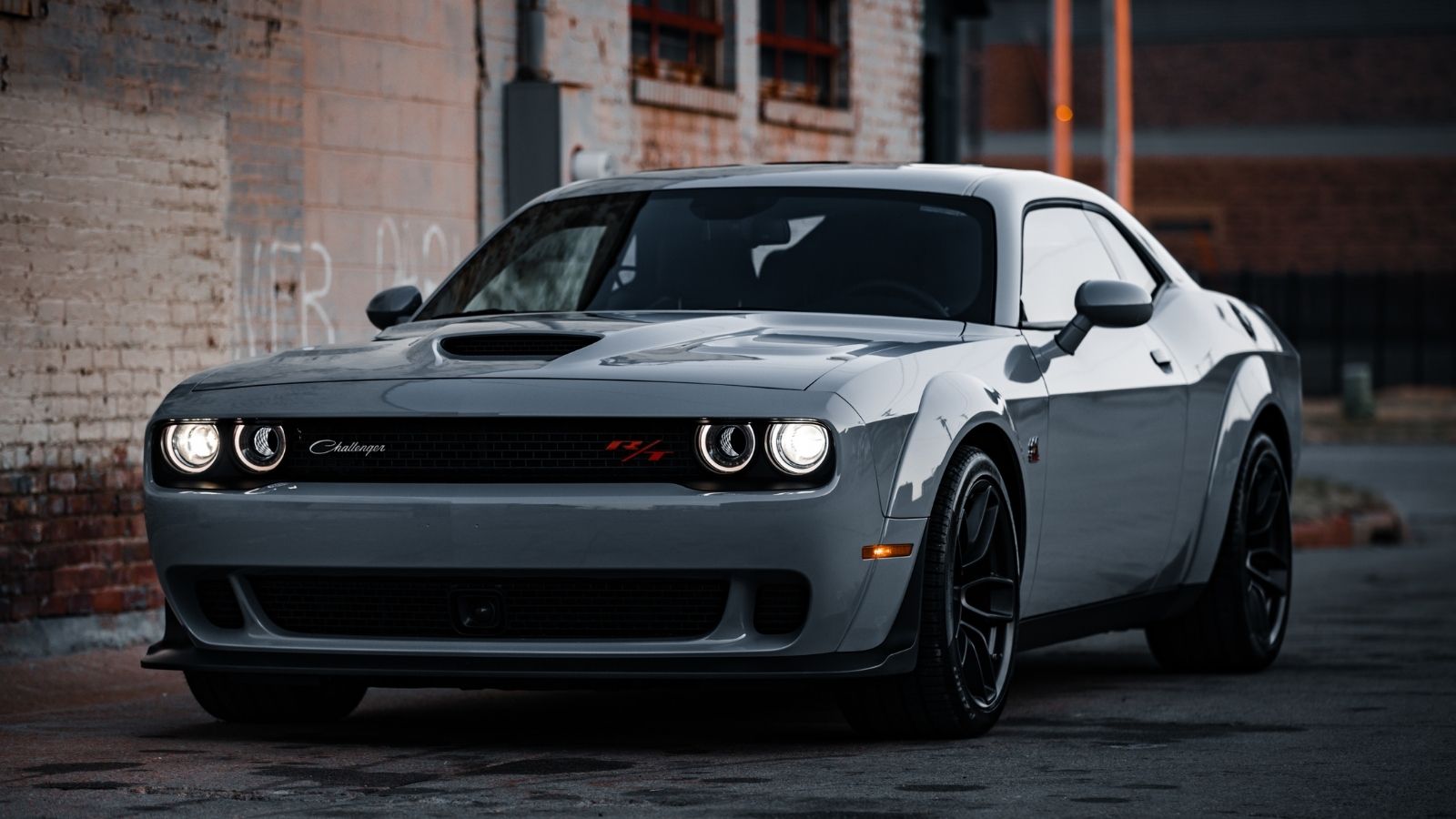
The Dodge Challenger is the muscle car that just won’t quit. The 1970–1974 models, especially, screamed “muscle” with their wide, aggressive grilles, iconic split tail lights, and a long hood that housed beasts like the 426 Hemi V8. Fast-forward to 2008, and the Challenger was revived, maintaining the retro look but adding modern touches like better tech and safety features.
Ferrari 250 GT Lusso (1963–1964)

Some Ferraris scream speed, but the 250 GT Lusso whispers luxury. It’s a grand tourer in the purest sense, designed for elegant cruising rather than track days. The Lusso (“luxury” in Italian) was all about that effortless blend of performance and elegance, making it the gentleman’s Ferrari. Its interior was luxurious but not overly complicated—think leather seats, a wood-rimmed steering wheel, and a dashboard layout so clean even Marie Kondo would approve.
Maserati GranTurismo (2007–2019)

The Maserati GranTurismo is the automotive equivalent of an Italian opera — bold, dramatic, and impossible to ignore. Plus, under the hood also, this beauty didn’t just purr—it roared, thanks to a Ferrari-sourced 4.2-liter V8 engine. The flowing lines were aerodynamic genius, blending form with function like a sports car dancer. Also, its quad tailpipes are the cherry on top, making sure it leaves an impression visually and sonically as it speeds away. The GranTurismo is the kind of car that doesn’t just turn heads—it snaps necks.
Nissan Skyline GT-R (R34) (1999–2002)

The Nissan Skyline GT-R is a car that needs no introduction among car enthusiasts. This beauty packs a punch with a 2.6-liter inline-six engine, affectionately known as the RB26DETT, which produces about 276 horsepower—because who wouldn’t want a car that can outrun your neighbor’s ego? And, with its ATTESA all-wheel-drive system, the R34 hugs corners like your overly affectionate grandma at family reunions. The R34 also boasts a multifunction display showing everything from turbo pressure to lap times.
BMW 8 Series (E31) (1990–1999)
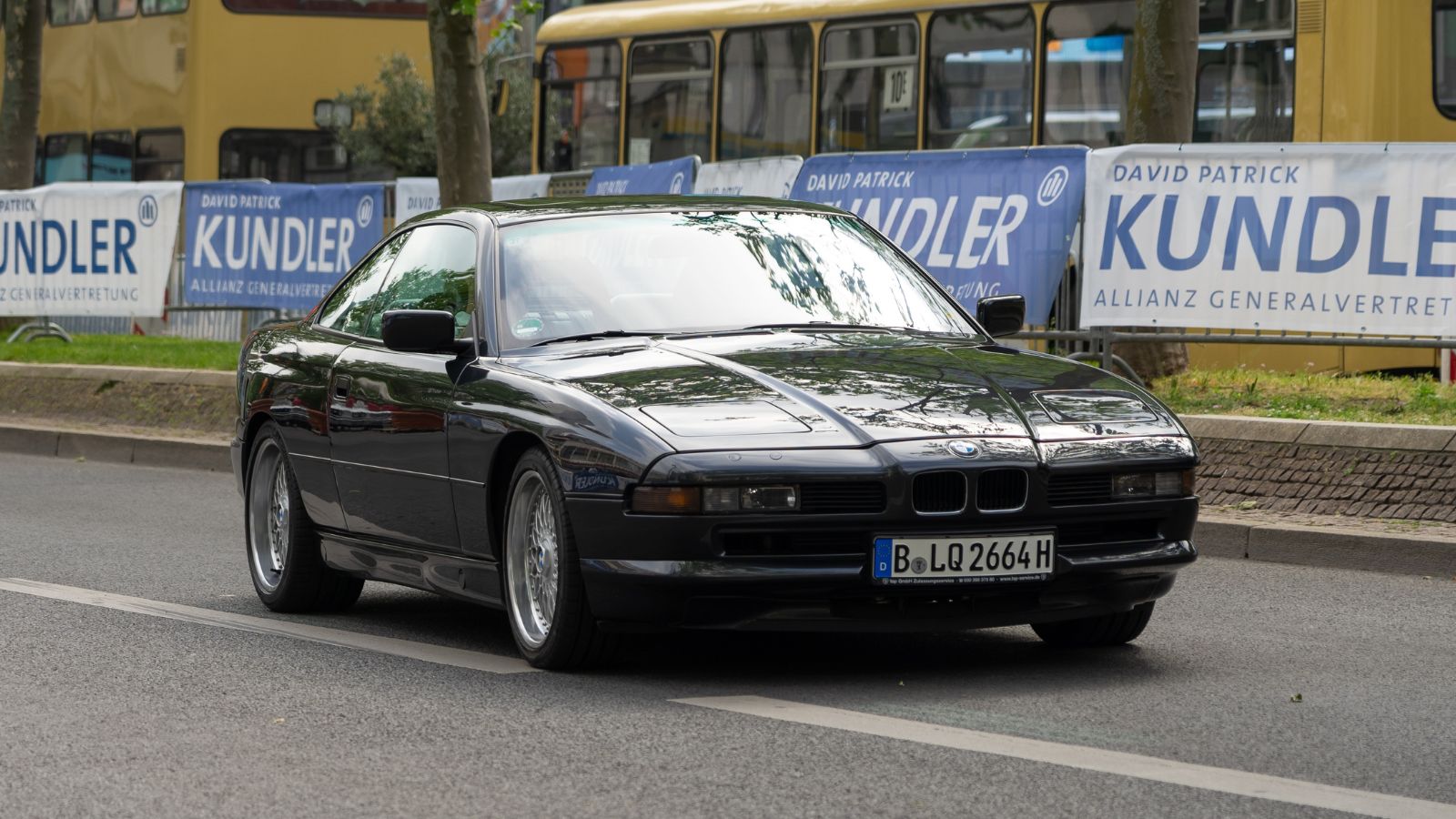
When BMW launched the 8 Series in 1990, it was unlike anything they’d ever built. With its sleek design reminiscent of a futuristic spaceship, the E31 was a stunner. It also featured a range of powerful engines, from the zippy inline-six to the awe-inspiring V12. It is a delightful companion for highway cruising and the occasional trip to the local movie theatre—though you might get some jealous glances. It had a unique “shark nose” design, which is perfect for those who want their car to look aggressive yet classy.
Lotus Esprit (1976–2004)

The Lotus Esprit is best known for its starring role as a submarine in a James Bond film, but this wedge-shaped British beauty has been turning heads for decades. Under its stylish exterior, the Esprit initially sported a 2.0-liter inline-four engine, good for about 140 horsepower. However, in true Lotus fashion, it eventually evolved, offering turbocharged options that cranked up the fun to around 350 horsepower. With only about 10,000 units produced, it remains a rare collector gem.
Subaru BRZ / Toyota 86 (2012–Present)
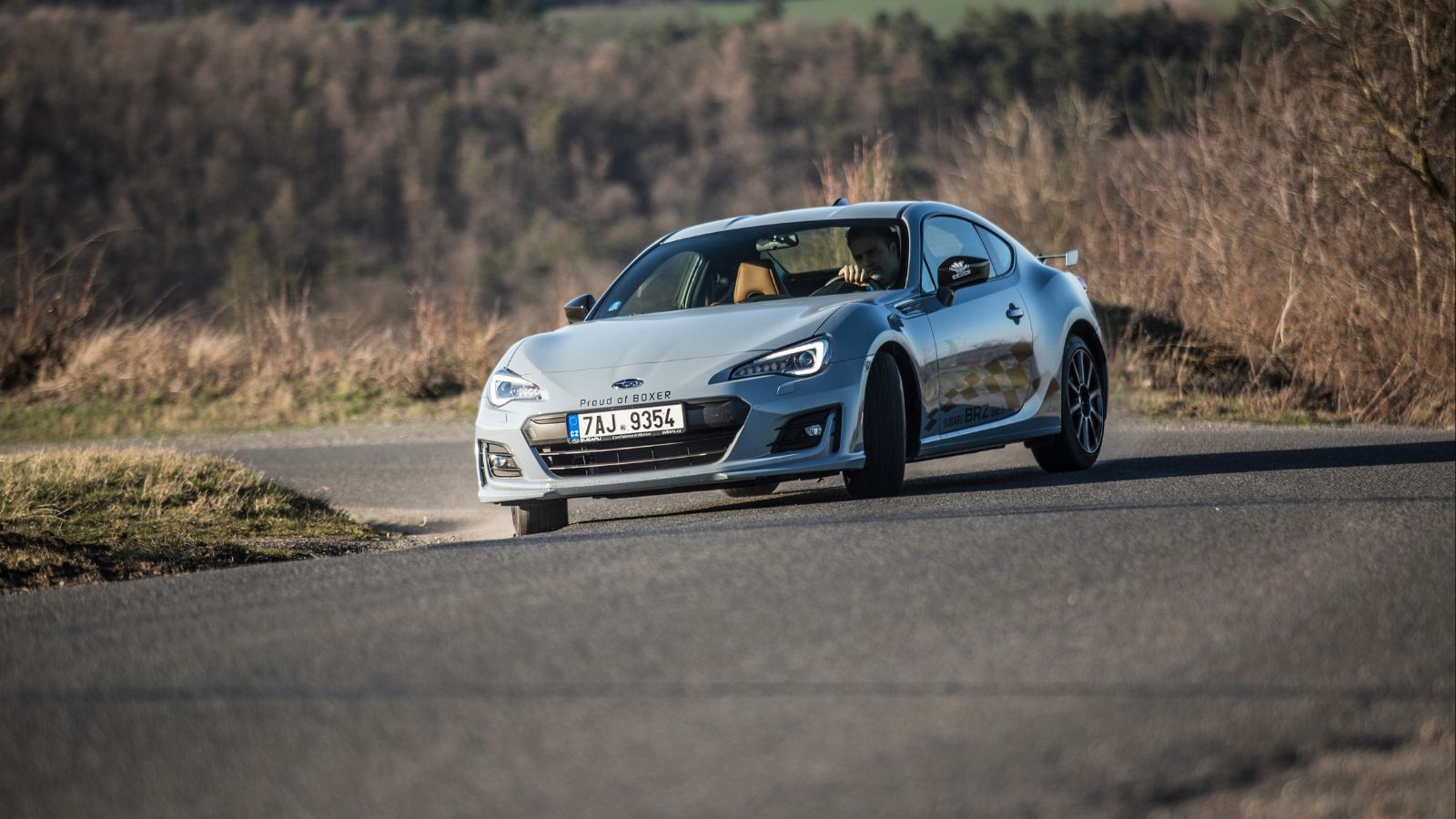
The Subaru BRZ and its twin, the Toyota 86, prove that you don’t need a lot of power to have a lot of fun. Sporting a sleek, low-slung body and a peppy 2.4-liter flat-four engine, they churn out a delightful 228 horsepower, perfect for those who believe more power means more fun (and potentially more trouble). Plus, with a near-perfect 50/50 weight distribution, these cars hug corners like a toddler hugging a favorite toy. They also feature a rear-wheel-drive layout because who doesn’t love the thrill of a little slide?
Hyundai Genesis Coupe (2009–2016)
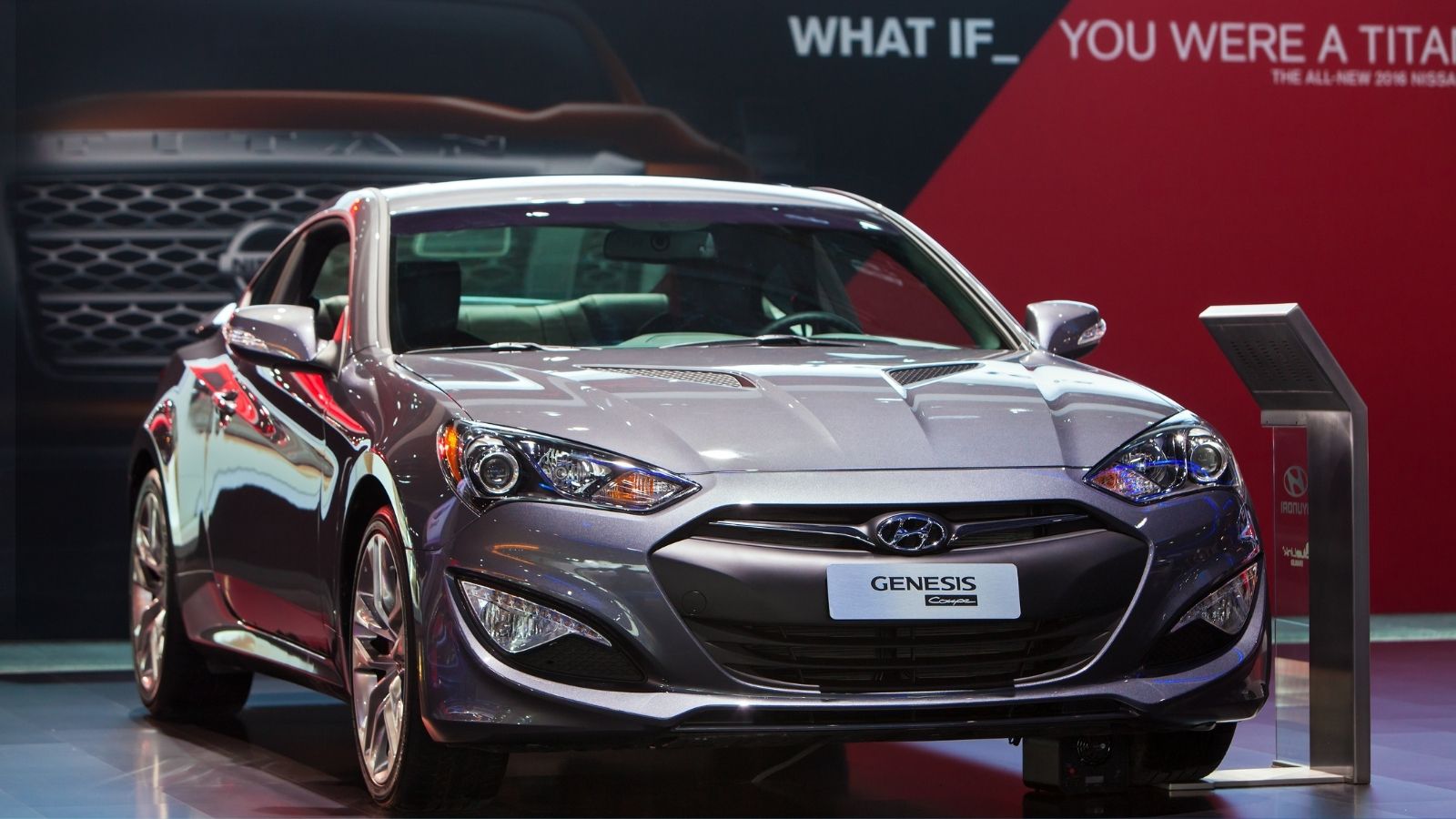
Hyundai’s first real foray into the sports coupe world, the Genesis Coupe, proved that the Korean automaker could make more than just budget-friendly sedans. The car’s rear-wheel-drive setup makes it sporty, making you feel like a racecar driver, even when heading to the grocery store. It also has features like an optional navigation system and a decent sound system for jamming to your favorite tunes.
Peugeot 406 Coupe (1997–2004)

Yes, a Peugeot! Designed by Pininfarina, the Peugeot 406 Coupe is one of those cars that looks right from every angle. Produced from 1997 to 2004, this beauty was synonymous with style. Its sleek lines and curvy silhouette could charm the pants off a potato! Not to forget that, under the hood, you could find a range of engines, from the peppy 2.0-liter inline-four to the glorious 3.0-liter V6. Performance? Let’s say it could sprint from 0 to 60 mph faster than you can say “sacré bleu!”
Lancia Fulvia Coupe (1965–1976)
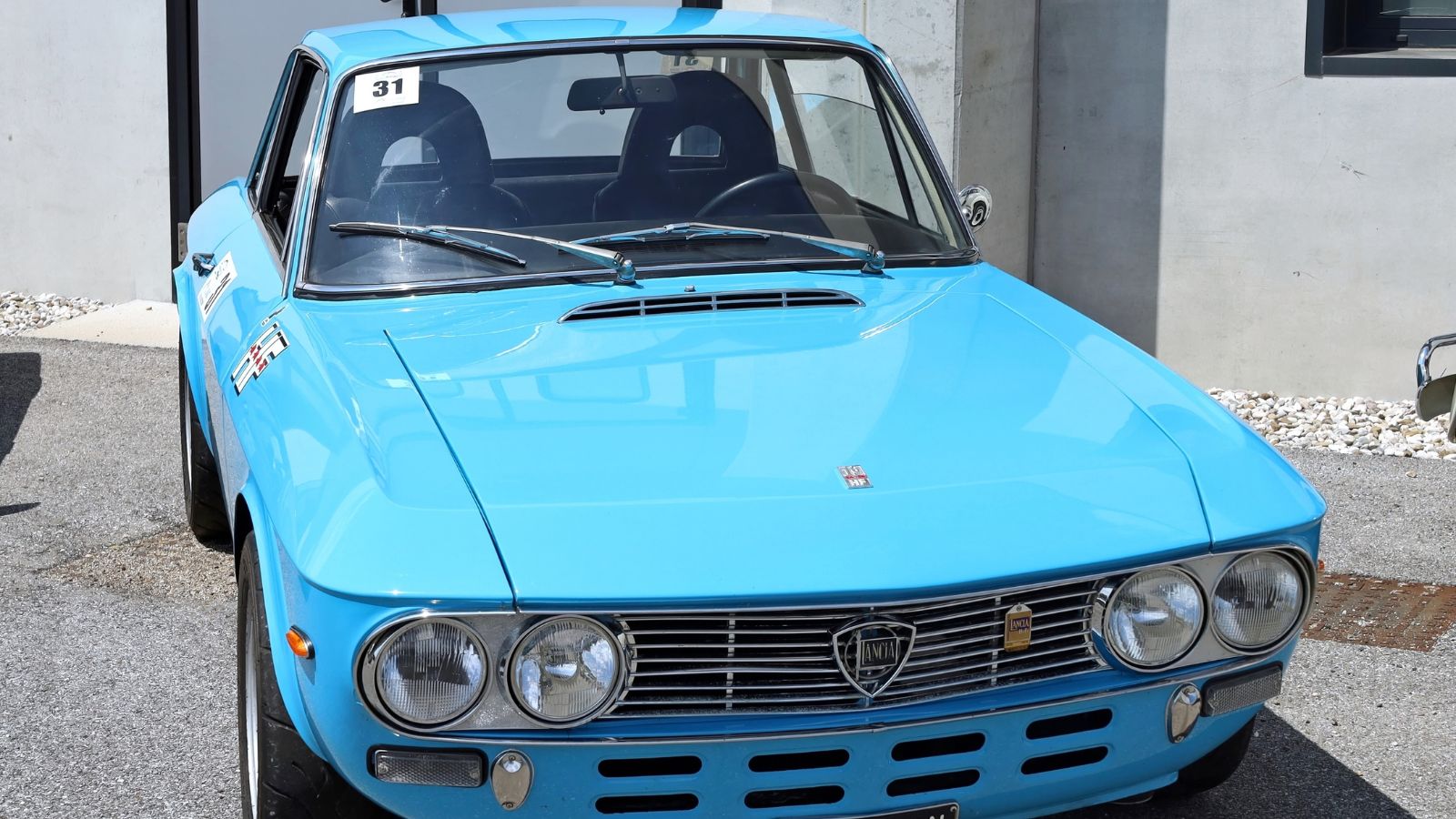
The Lancia Fulvia Coupe is a little Italian gem that often gets overlooked. Weighing in at a featherweight of around 900 kg (about the same as your average hippo after a diet), it offered delightful handling and agility. Inside, the cozy cabin was like a hug from your favorite nonna—inviting and snug, if not cramped. Also, the Fulvia’s quirky styling and enthusiastic spirit made it a beloved classic. Today, it’s a prized gem for collectors.
12 Cars That Are Known for Their Unbreakable Reliability — They Just Don’t Quit

Reliability is a core feature that defines a vehicle. Over the last few decades, some vehicles have emerged as a reliable and durable option, standing out as workhorses that never quit. These vehicles not only prove themselves in terms of performance but transcend their role and become reliable partners, always fulfilling their role. Here are 12 Cars known for their unbreakable reliability.
12 Cars That Are Known for Their Unbreakable Reliability — They Just Don’t Quit
